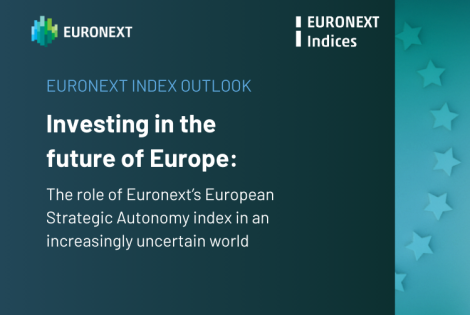After almost two years of holding hybrid or virtual annual general meetings (AGMs) during the COVID-19 pandemic, 2022 was finally an opportunity for companies to return to normal. Would they, or would the benefits of holding virtual AGMs prompt a change in practice? In this article, we take a look back at the trends that governed the 2022 AGM season at Euronext Securities Copenhagen and look ahead at what’s in store for 2023.
An even split between physical and virtual in 2022
“If we look at the numbers, we can see that about half of the annual general meetings were either completely virtual or a hybrid meeting,” relates Gitte Krag Møller, Senior Client Manager at Euronext Securities Copenhagen. The largest attendance for a physical annual general meeting was over 1,100 participants; however, according to Gitte Krag Møller, this was the exception rather than the rule. “Generally speaking, the physical general meetings had a lower attendance than they had before the pandemic.”
Global companies see advantages in the virtual format
Among the companies that decided to continue the virtual format are larger companies with a wide range of international investors. “For global companies, virtual general meetings allow them to attract even more investors,” Gitte Krag Møller explains. “Attendees appreciate the flexibility virtual meetings offer, as they can attend from the office, from other countries and across time zones.”
Physical AGMs offer intangible benefits
However, for companies with strong national roots, the physical format offers an opportunity to connect with the local investor base, as Gitte Krag Møller points out. “For some Danish companies, the annual general meeting is an opportunity to hold a community event. They invite thousands of attendees and shareholders travel from all over the country to attend. These events create an enormous amount of goodwill in the community and strengthen the companies’ brand. It’s hard to replicate that experience in a virtual or hybrid format.”
Virtual and hybrid formats also require a different approach to event planning and management. “To run a virtual meeting, you need to have the right technology in place and the personnel necessary to monitor and manage the chat function. For hybrid meetings, you also need to balance the interaction between in-person and virtual attendees and make sure everyone is heard,” says Gitte Krag Møller. Thus, virtual AGMs can be just as resource-intensive and time-consuming in terms of preparation as physical AGMs. “Going forward, companies will need to consider which format best suits their internal processes and structure.”
Looking ahead to the 2023 AGM season
Going into next season, Gitte Krag Møller expects the mix of hybrid and physical AGMs to continue. “We have customers who have really embraced the virtual AGM and can see the potential that format has to help them reach even more investors. And then we have customers on the other end of the spectrum, who see the physical AGMs as an important part of their brand and culture. Fortunately, we have an entire suite of AGM tools and solutions that can accommodate physical, virtual and hybrid formats, and create a set-up that caters to each company’s unique needs and investor base,” she concludes.
Fact box: Euronext Securities Copenhagen’s 2022 AGM season in numbers
- AGMs held: 200+, of which 100+ were either virtual or hybrid
- Highest attendance at a hybrid AGM: 550
- Highest attendance at a physical AGM: 1,100+
- Proxy instructions processed: 15,000







